Blog
Posted on July 2, 2018
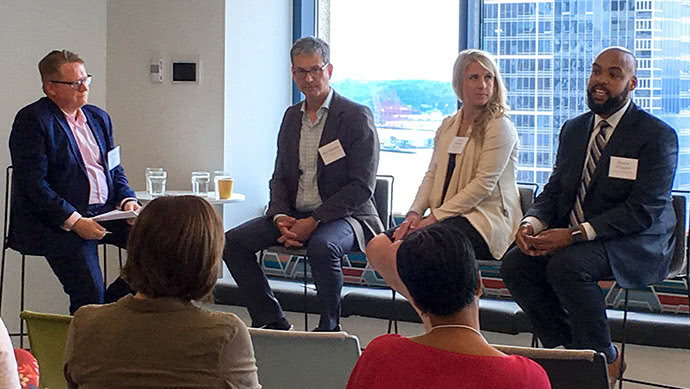
Panelists from L to R: Eric Klunder, Lynden International; Joe Gleason, AHT Insurance; Cassie Walker, International SOS; and Dustin O’Quinn, Lane Powell PC. (Photo credit: Cara Vallier for Global Washington).
On Wednesday, June 27, Global Washington hosted a panel discussion about global travel risk, together with its member Key Travel, which provides travel and support services to non-profits globally.
The event came just a day after the Supreme Court of the United States voted to uphold the travel ban against Iran, Libya, Somalia, Syria, Yemen, North Korea and Venezuela.
Moderated by Eric Klunder, Lynden International Senior Account Executive, the panel of speakers included Joe Gleason, AHT Insurance Director of Risk Management; Cassie Walker, International SOS Business Development Manager, and Dustin O’Quinn, Lane Powell PC Shareholder and Immigration Team Chair.
Continue Reading
Posted on June 8, 2018
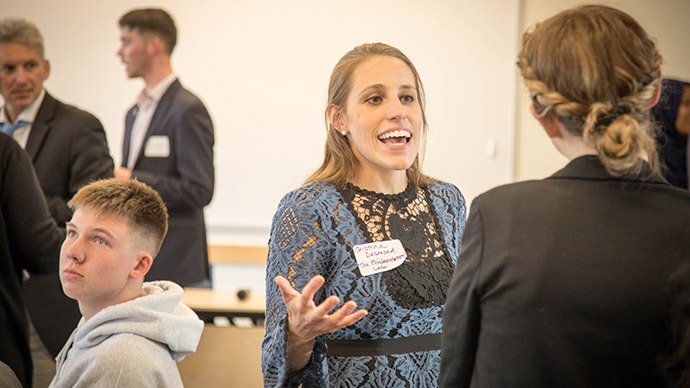
Photo by Colette Cosner, UW Arts & Sciences Communications Specialist
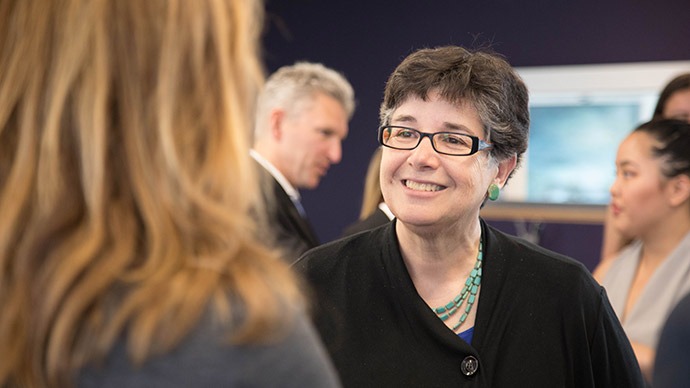
Photo by Colette Cosner, UW Arts & Sciences Communications Specialist
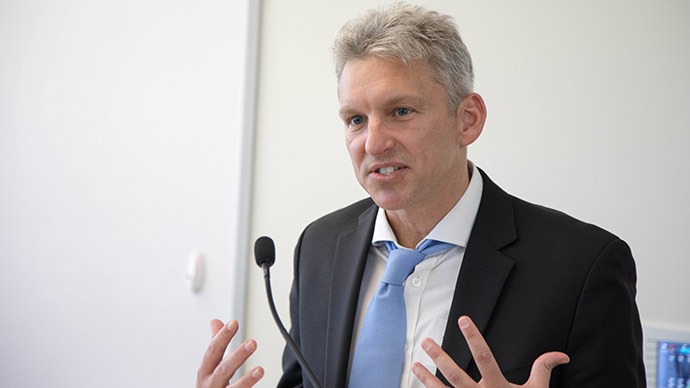
Photo by Colette Cosner, UW Arts & Sciences Communications Specialist
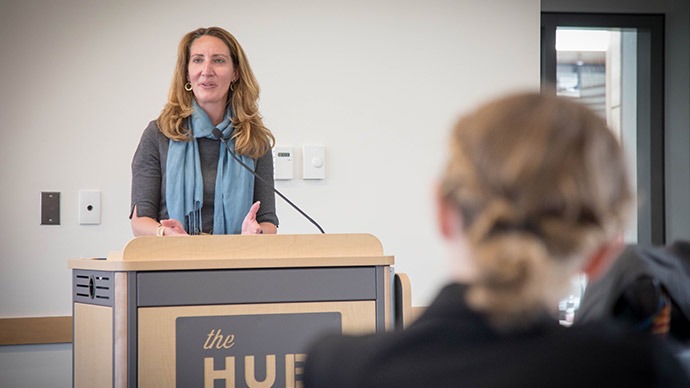
Photo by Colette Cosner, UW Arts & Sciences Communications Specialist
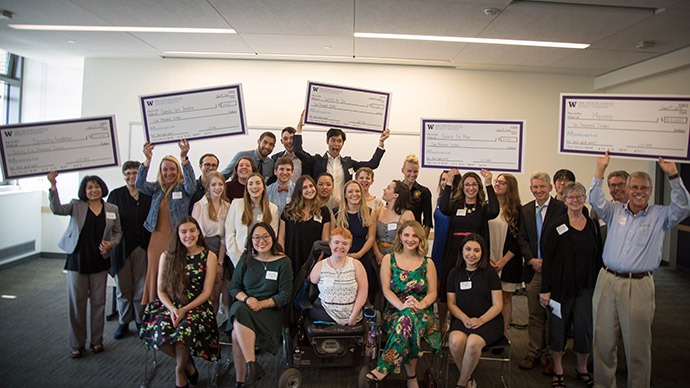
Photo by Colette Cosner, UW Arts & Sciences Communications Specialist
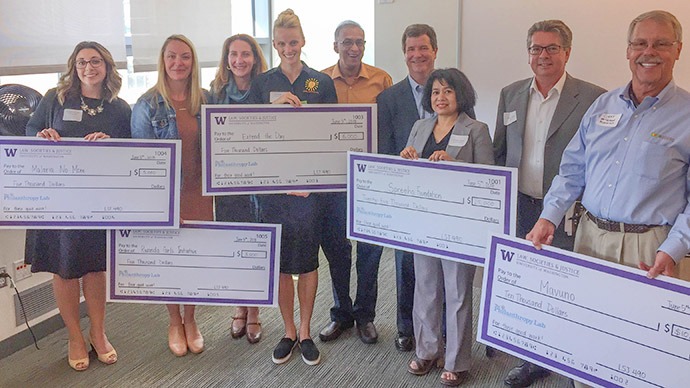
Photo by Andie Long, Global Washington
On Tuesday, June 5, five Global Washington member non-profits received grants from students at the University of Washington for their global programs, ranging from $5,000 to $25,000.
The grant-making was part of a new course on philanthropy for social impact, taught by Stephen Meyers, assistant professor in the UW Department of Law, Societies, and Justice.
Funding for the grants was provided by the Philanthropy Lab, a private foundation that is dedicated to increasing philanthropy education at U.S. universities.
Continue Reading
Posted on May 22, 2018
By Annie O’Donnell
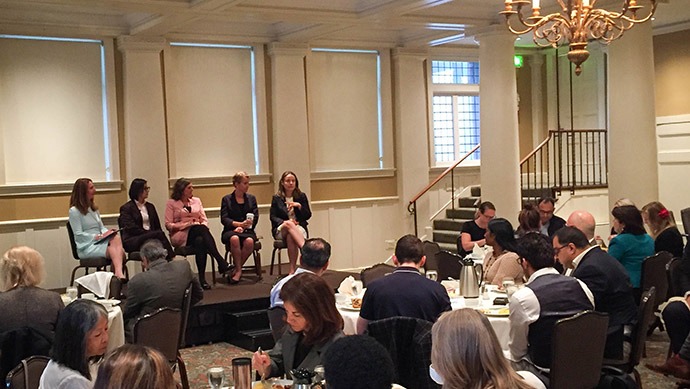
“Banking on Women” – a joint event, organized by Global Washington and the World Affairs Council, held at the Rainier Club on May 10, 2018. Photo: Andie Long/Global Washington.
“It’s really a no-brainer,” says Saara Romu, founder of Selkea, explaining the benefits of financial inclusion for women in global development. Not only does it increase countries’ GDP growth, but it improves the overall well-being of families and communities in developing countries.
Investing in women has repeatedly shown to be the fastest way to impact communities and increase ROI. For this reason, development organizations, the private sector, and policy makers are focusing on deliberate efforts to create access to financial markets for women.
A panel of distinguished women in the field of financial inclusion convened at the Rainier Club on May 10th through an event co-hosted by Global Washington and the World Affairs Council of Seattle.
Continue Reading







